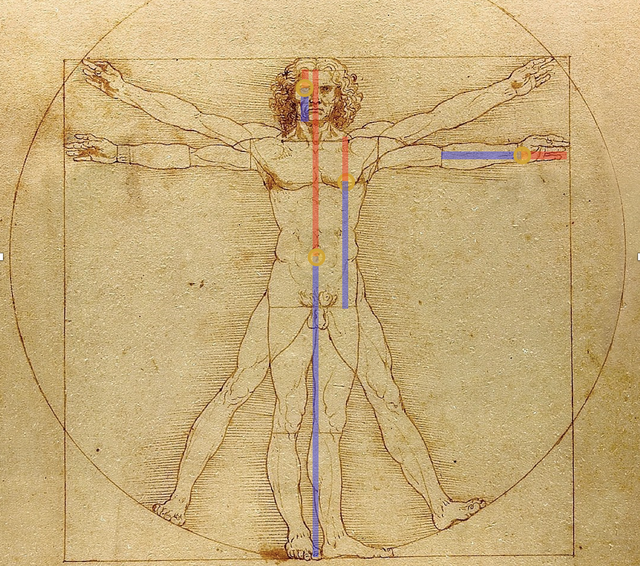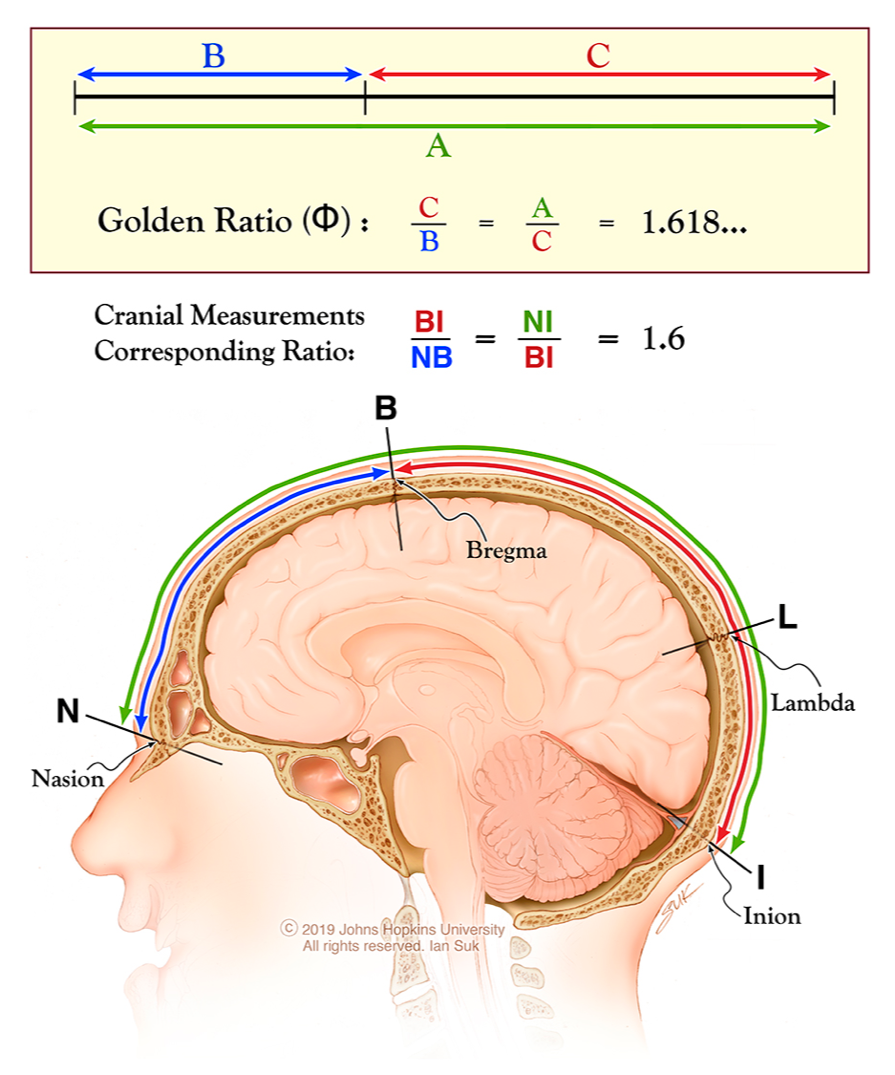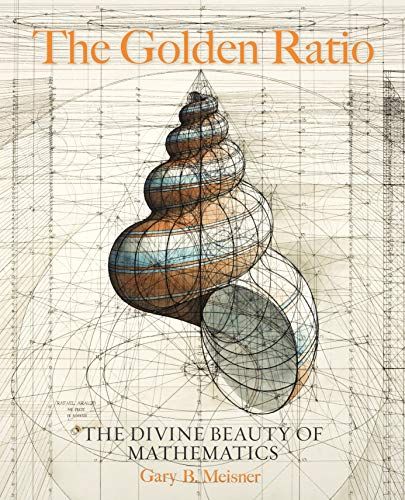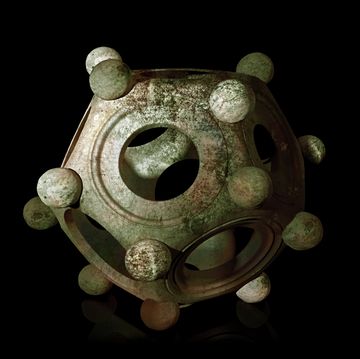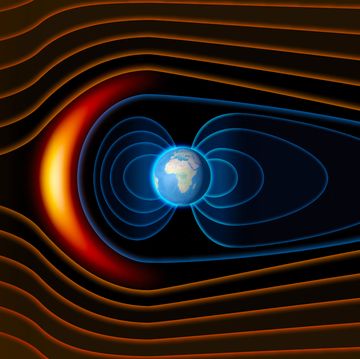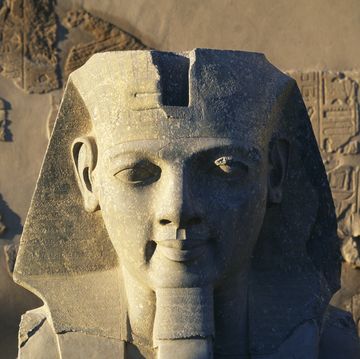- The Golden Ratio exists within the human skull, says a team of researchers at Johns Hopkins University.
- The finding, which could help further develop evolutionary research, creates a direct link between human anatomy and the makeup of seemingly unrelated objects ranging from pinecones and seashells to galaxies and hurricanes.
Researchers from Johns Hopkins University have discovered that the Golden Ratio exists within the human skull, putting it in the same category as pinecones, galaxies, and hurricanes—all of which exhibit the special number in their shape makeup.
A Golden Ratio refresher, per LiveScience: When you divide a line into two parts, "the longer part divided by the smaller part is also equal to the whole length divided by the longer part." It might help to think of the number in formulaic terms:
a/b = (a+b)/a = 1.61803 (this number goes on forever, but is usually denoted as 1.618 or with the Phi symbol, Φ).
We've been obsessing over the Golden Ratio for centuries. Many people claim the Parthenon has plenty examples of the number in its design, for example.
Leonardo da Vinci used the Golden Ratio, or as he referred to it, the Golden Section (sectio aurea), to balance his own artwork; the Ratio can be seen in The Last Supper, the Mona Lisa, and his Vitruvian Man. In fact, when da Vinci's lost Salvator Mundi was rediscovered a few years ago, art historians confirmed it was authentic because the Golden Ratio was present.
And da Vinci wasn't the only artist to employ the use of the Golden Ratio in his work; Michelangelo, Rembrandt, and Dalí all used the equation to create masterpieces.
In the new study, published in the Journal of Craniofacial Surgery, the Johns Hopkins researchers examined 100 human skulls and compared them to 70 skulls from dogs, monkeys, rabbits, lions, and tigers. Out of this specimen pool, the scientists found that only the human skulls showed the Golden Ratio; the other skulls had their own "unique ratios" that came close to the number, but no cigar.
The study team believes its finding could have biological implications.
"The Ratio is very important in human anatomy," lead study author Rafael Tamargo, a professor of neurosurgery at Johns Hopkins School of Medicine, tells Popular Mechanics. "For example, blood pressure is a Golden Ratio. As a person’s blood pressure drifts away from the Ratio, they become more sickly. In terms of blood pressure, the movement in number is usually towards elevated pressure. Red blood cells contain the Golden Ratio due to their biconcave shape."
Meanwhile, some claim the most beautiful people have features aligned according to the Ratio. Tamargo says the numbers back it up.
"Generally in good looking people," he says, "the Golden Ratio can be seen in their faces and bodies. The closer their facial features are to that number, the better looking they are. Jennifer Aniston and Brad Pitt are good examples of this. Aniston's facial ratio measures in at 1.7 and Pitt is around 1.6. The [Golden Ratio] is 1.618 [and goes on for infinity]."

